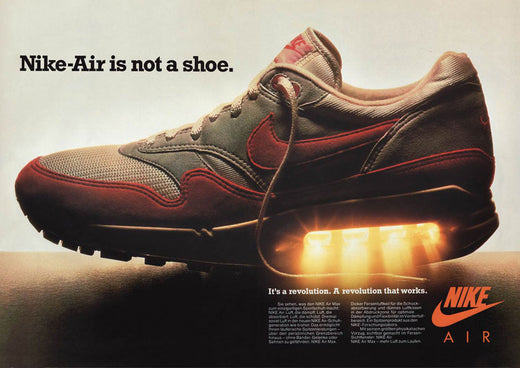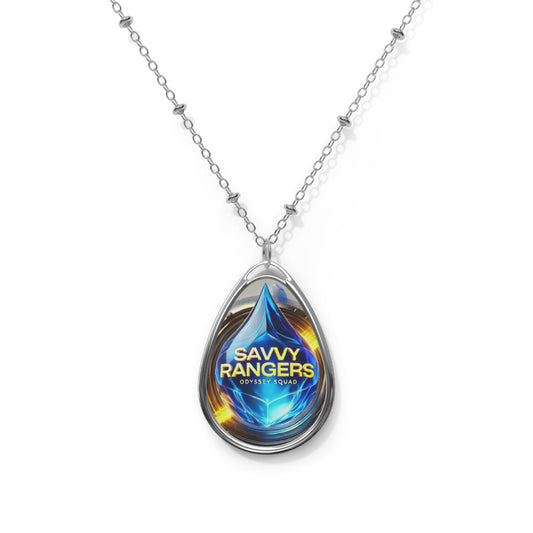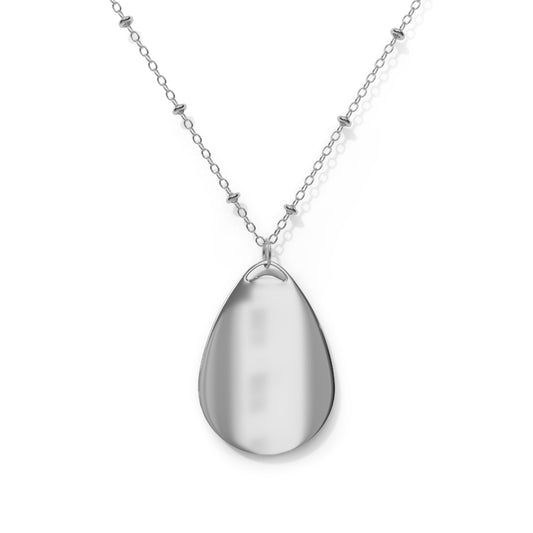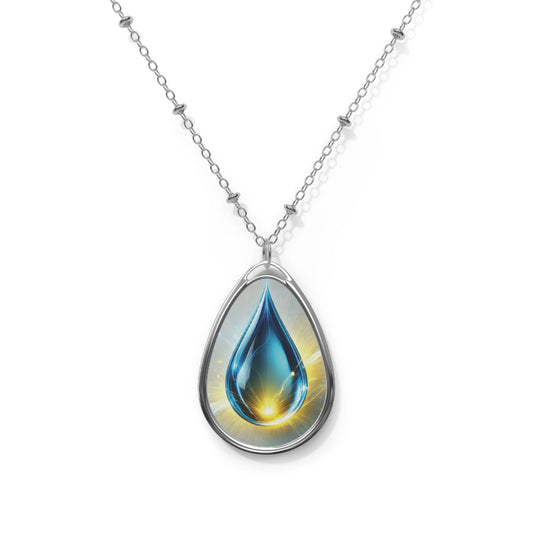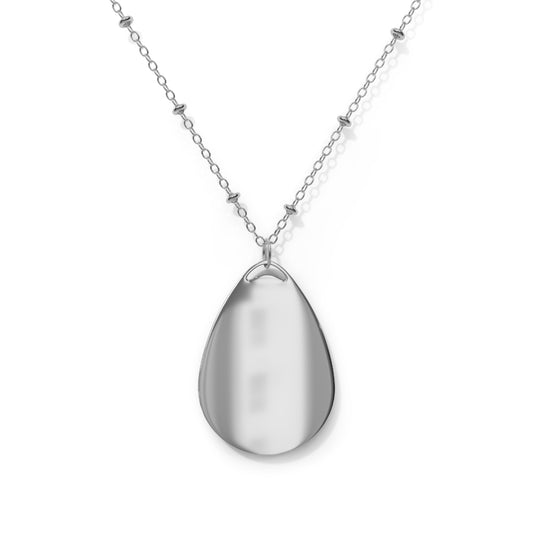The Beginning of The Air Revolution

(original Air Max 1, midsole worn down toward the front toe, photo courtesy by Nike.com)
In the 70's Nike changed the way people ran with the Tailwind; featuring its first ever air unit in the midsole. By the 1980's, famous companies like New Balance, Brooks Asics, Reebok, Adidas and others; released their own brand of air cushioning technology to rival Nike's Tailwind. Then in 1987, Nike released the iconic Air Max 1 sneaker, with a visible air unit in the sole.
The sneakers lent a new perspective on innovation and shoe technology. Designed by architect,Tinker Hatfield, famous for designing the Air Jordan III - XV. Tinker Hatfield realized his experience as an architect could prove useful as a shoe designer; finding inspiration for the Air Max 1's visible air unit, after a visit to the Centre George's Pompidou. "Why not show the bag?" said Tinker Hatfield. The decision to make the air unit visible, would only be the beginning of Nike's development in shoe Technology.
Max Air Evolution

(Original Air Max 1 "Air Revolution" advertisement, 1987, courtesy of Nike)

(Original Nike 'Air Revolution' print ad, photo courtesy of Nike.com)
AIR MAX 1 (1987)
Featured an encapsulated air-sole unit in the heel. Upper was composed of nylon and synthetic felt, with a leather version released in 1988.

(Air Max 1; photo courtesy by Nike.com)
______
AIR MAX 90 (1990)

(Air Max 90; photo courtesy by Nike.com)
______
AIR MAX 180 (1991)
The Air Max 180 featured a larger air unit visible through the outsole. The technology was later used in the Air Force 180 sneaker.

(Air Max 180; photo courtesy by Nike.com)
______
AIR MAX 93 (1993)
Introduced a 270-degree air unit and colored air unit. Nike employed a new manufacturing process to provide larger and exposed air unit for greater protection. The upper featured a more sock-like fit derived from 1991's Air Huarache sneaker.

(Air Max 93; photo courtesy by Nike.com)
______
AIR MAX 95 (1995)
The visual design of the Air Max 95 was created by Sergio Lozano, who based the design of the Air Max 95 on the human anatomy. Air Max 95 was the first pair in the line to utilize two air cushions in the forefoot and used air pressure technology to fit the curvature of the wearer's forefoot. The first colorway was black, neon yellow and white. Neon yellow was used to emphasize the multiple air units. The original releases featured a "25 PSI" air pressure reading on the rear air unit. Uppers also featured 3M Scotchlite material.

(Air Max 95; photo courtesy by Nike.com)
______
AIR MAX 97 (1997)
Designed by Christian Tresser, the Air Max 97 is inspired by the high-speed Japanese bullet trains. The Air Max 97 set the precedent for futuristic footwear design, with a sleeker, metallic silver colorway that contained a nearly full-length visible air unit. Uppers feature three reflective lines made of 3M Scotchlite material.

(Air Max 97; photo courtesy by Nike.com)
______
AIR MAX PLUS (1998)
Air Max Plus introduced Nike's Tuned Air system. Designed by Sean McDowell, the Air Max Plus featured transverse waves inspired by palm trees, and a prominent arch shank inspired by a whale tail. The initial release featured a "Hyper Blue" colorway, characterized by a fading blue airbrush effect.

(Air Max Plus; photo courtesy by Nike.com)
______
AIR MAX 360 (2006)
The use of '360' of air cushioning is meant to ensure the shoe's longevity.

(Air Max 360; photo courtesy by Nike.com)
______
VAPORMAX
The first Air Max shoe to use no foam or rubber whatsoever in the midsole or outsole. It discarded a traditional midsole/outsole design and in place used several entirely hollow air pouches, not connected to one another and positioned in different areas in accordance with where the wearer's foot would naturally strike.

(VaporMax; photo courtesy by Nike.com)
______
AIR MAX 270 (2017)
"270" for the 270 degrees of visibility in the Air unit around the shoe, and was inspired by the Air Max 93 and 180 shoes. It also was the tallest Air unit to ever be released at the time, measuring 32 mm tall. Designed more for lifestyle purposes than running.

(Air Max 270; photo courtesy by Nike.com)
______
AIR MAX 720
The first full-length lifestyle Air Max Unit. The sneaker is specially engineered for steps rather than strides. The 720 also boast a 38mm heel; making it the tallest air unit in Air history. The extra bounce and base support, cradle the foot with comfort. All Air Max 720 units are created from 75% of manufactured waste.

(Air Max 720; photo courtesy by Nike.com)
______
Air Max 2090 (2020)
Bringing the past into the future with a bold look inspired by the iconic Air Max 90. Brand-new Nike Air cushioning underfoot adds unparalleled comfort while transparent mesh and vibrantly colored details on the upper blend with timeless OG features for an edgy, modernized look.

(Air Max 2090; photo courtesy by Nike.com)
______
ADAPT AUTOMAX (2020)
FitAdapt joined the Air Max family earlier this year on AirMax day (March 26) with the AutoMax. The AutoMax's design took cues from the iconic Air Max 90 and Nike Mag. The new silhouette's featured an increased profile and thicker midsole. The Air Max unit, and the FitAdapt engine are now highlighted with a familiar cassette design inspired from the Air Max 90.


